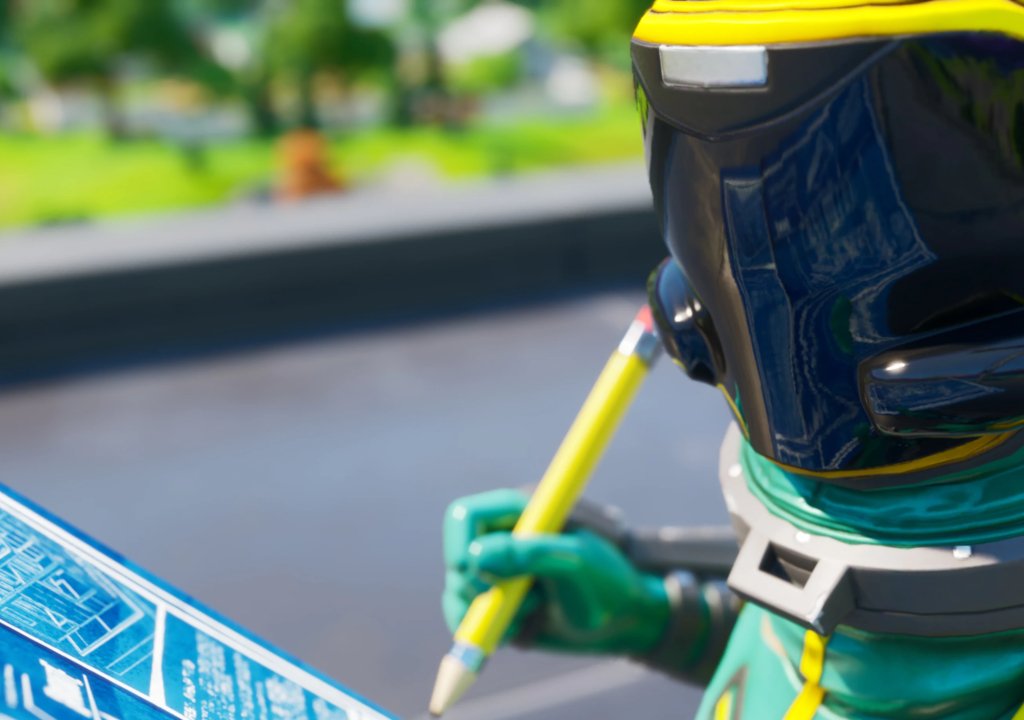Index
An evolution involving shadows, reflections and global lighting The weight of ray tracing and the miracle of DLSS 2.0 The competitive side of the upgrade Available tomorrow, the RTX patch for Fortnite adds ray tracing and the DLSS 2.0 to the characteristics of a perfect title to be the herald of new technologies. Only on PC does it count a large number of players, many of whom probably don't look at high-performance gaming PCs, but could still get close to the GeForce RTX when the inevitable RTX 3060 arrives, presumably capable of placing itself above a GeForce RTX 2080 in terms of performance costing much less. For now, however, our test is bound to the
GeForce RTX 3080, the first arrival of the new consumer GeForce that thanks to the new architecture, the new memory and the increase of transistors guarantees net increases in traditional rendering, going beyond a
RTX 2080 Ti by 40%, and even more full-bodied just when RTX technologies enter the field.
An evolution involving shadows, reflections and global lighting
To give us the opportunity to try the wonders of ray tracing and DLSS applied to the Fortnite engine, with the GeForce RTX 3080 flanked by a Ryzen 7 3700X with 16GB of memory at 3600MHz, Epic has created a small gaming experience that asks us to find 15 coins in a split map in special areas, each of which is dedicated to a specific aspect of physics-based lighting. One of these is a room full of objects that highlights the effects of technology on artificial
lights and shadows, now responding precisely to the objects that project them but at the same time softer and less artificial, thanks to the guaranteed indirect lighting. ambient occlusion based on ray tracing.

